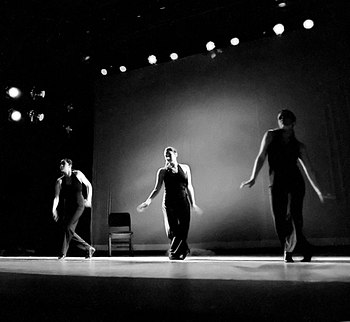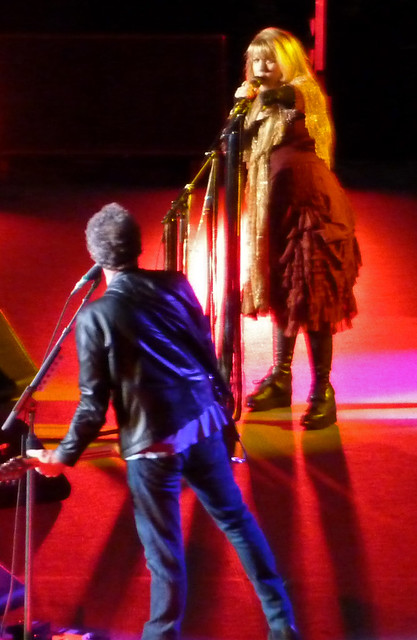Do you ever notice piano players using awkward fingering when playing piano?
Believe it or not, this is a rather controversial topic.
There are people who strongly believe in proper fingering for piano pieces. There are also those who are firm believers in free-style fingering.
Let me share with you my own perspective on this topic.
 |
| Photo by benaston |
Though the length of fingers differ from person to person, we all have thumbs that are shorter than the rest of our fingers.
As a rule (or rule of thumb), the thumb is the strongest finger of all. Thumb, index finger (2nd), and long finger (3rd) are the most used fingers for piano playing. The fourth finger and fifth finger are weaker fingers.
Below are four fingering tips that I have worked up as general rules:
1. Never use the thumb to play a black key. The exceptions are a) when you are playing a piece that has all black notes.
b) when you are playing a group of keys where there are black and white keys. For example if your right hand is to play Bb, D, and F together in Bb major chord root position, your thumb will play Bb (black note) in this case.
Thumbs are not meant to be used for black key because of its length. The most used fingers for black notes are the 2nd and the 3rd fingers. If you are playing certain scales that start with a black key such as Bb major, Eb major, Ab major, etc. You will use 2nd or 3rd finger to play the first scale note instead of the thumb.
2. When playing melody with the right hand, if there are keys that are out of reach, you may move the hand to play the note. If the key is only a couple steps down from the thumb, you may use the thumb as an anchor and cross the second finger over to reach the note on the left side of the thumb. You do not need to move the hand. Only move the second finger over.
Once the second finger plays the key, the thumb will soon follow to cross over to play other note left of the key.
Suggestion: practice the scale well to know what finger to follow.
3. Same rule applies to left hand.
4. Watch other experienced pianists whenever possible, look at
their fingering and imitate their movements. I suggest you watch those players who are well trained classically as they have spent many years going through the structured repertoire and virtuoso training that help built a firm foundation.
One important point: The function of good fingering is to ensure smoothness of musical passages.
This is especially important in the piano work of Bach (prelude, fugues, and others) and many Classical composers. Very often, a slight change in piano fingering could cause a disruption of the whole phrasing.
For improvisational and accompaniment pieces, strict piano fingering becomes less critical. In fact, every time I improvise I use different fingering combination. This is because my mood and rhythm change when I improvise, this also affects the combination of fingers I use.
If you pay attention to musical pieces edited by different editors, you will notice a change of fingering as well. I have noticed that the same "Sonatina" piece composed by Clementi have different fingering suggestions under different editors.
Some editors use the 2nd finger more often, while others choose the 3rd finger.
In conclusion: if you are improvising, pay less attention to which finger you are using. As long as you abide by the above rules and ensure a smooth flow of musical passage, you are fine.
If you get too critical about fingering, it distracts your musical thoughts and flow. After all, it is music that you are conveying.
Piano playing gets rather complicated when you are trying to balance both hands, keep a steady tempo (rhythm), make sure the pedals are going in at the right time, listening to the music,.....
Have fun making music!

















